
I’ll be honest: when I started writing this article it was meant to be a piece looking into how Spider-Man games have ‘evolved’ over the years. I had planned to look at each release or sequence of releases, try to identify specific advancements within each one and finally postulate how Insomniac have served to advance these points even further. But then I realised that, in doing that, the article might inadvertently present itself as a sort of blanket statement declaring Marvel’s Spider-Man on the PS4 to be the supreme, definitive ‘Spidey-game’; one destined to make all its predecessors obsolete. And the thing is; I just don’t really want that to happen.
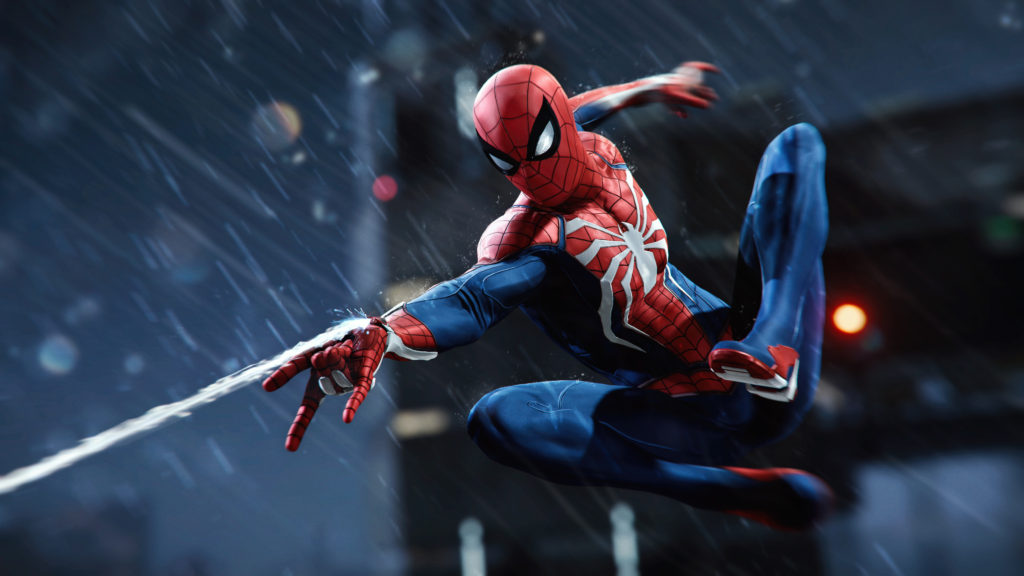
It’s official, Insomniac’s Spider-Man is bleedin’ brilliant. The Ratchet and Clank/Sunset Overdrive developer really have outdone themselves, and then some. The way Spidey moves, fights, swings, talks, quips; it’s all just glorious. The team have clearly worked preposterously hard at delivering exactly what a ‘Spider-Man game’ should be.
But as truly [Marvel]ous as the game in fact is, I still think it’s important that, before we put out our review, we take a moment to look back at some of the Web-Crawler’s previous entries – before Insomniac’s giant potentially eclipses them forever. And rather than point and laugh at how far Spider-Man games have come, we could instead appreciate how certain entries (even, perhaps, some not-so-great ones) have themselves helped to shape this new, ‘definitive’ Spidey-experience. Think of it as a prequel to the review, if you will.
I was going to to start with the older entries and work forward, but I felt it would be more fitting to do the reverse – for reasons which become clear later…
The Amazing Spider-Man 1 (2012) & 2 (2014), Beenox – Combat and Movement
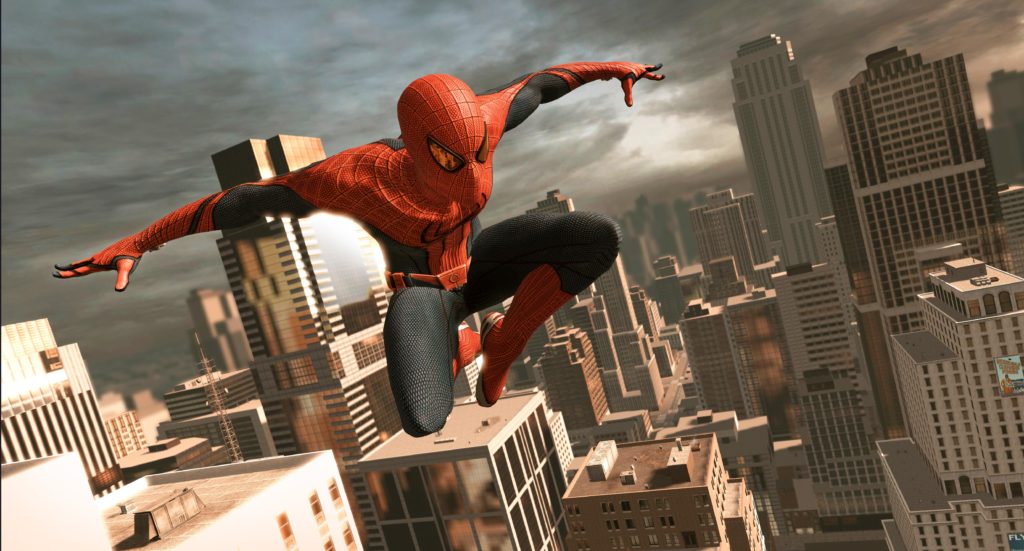
Rocksteady’s Arkham franchise set the precedent for a new standard of superhero games. Not only did the development team’s whole-hearted devotion to the Caped Crusader’s source material help to ensure each game’s narrative experience was worthy of the title character, they also invented some rather genius gameplay formulas that lent themselves perfectly to the play-experience. They called these formulas the ‘Free-Flow Combat’ and ‘Invisible Predator’ systems, and they have inspired many developers since. Beenox being one of them.
One of the basic requirements of any superhero game is that the player can beat people up. One of the requirements for a ‘cool’ superhero game is that they can do it in style. Free-Flow Combat and Invisible Predator together formulated a clear-cut method of guaranteeing both these requirements were met; one other developers could pretty much follow, by-the-book, to ensure their own combat systems did likewise. Beenox’s attempt to replicate the experience was certainly nowhere near as advanced or intuitive as Rocksteady’s original, but it did nevertheless prove the mechanics were perfectly suited to a game that featured our favourite Web-Slinger. Combat was admittedly very easy and simplistic – with encounters existing predominantly as a series of strikes, jumps, counters and a few basic web attacks – but the animations were impressively fluid, and what made them so visually rewarding was that they were unique to Spidey’s style of fighting.

Where Batman uses sheer force and brutality, Spider-Man uses flexibility and agility; propelling enemies into the air and using elaborate wrestling-like moves as finishers. And obviously instead of gadgets, Spidey has his webs; using them to fling thugs about, yank them towards him (MK Scorpion-style) and stick them to walls. The combat may have been basic, repetitive and presented very little in the way of challenge, but thanks to fluid animation and some visually satisfying finishers it was still most definitely ‘fun’. Even the games’ own takes on the Invisible Predator format, while also being reductively simplistic, were still entertaining; having Spidey crawl along the walls and zip across vantage points before dropping down to web-up unsuspecting foes.

Insomniac have of course opted for a very similar system in their game, although the credit here should technically still be directed at Rocksteady. That being said, there are still a few basic similarities between the two Spider-Man developers’ experiences that might be construed as at least ‘mild’ inspiration; such as the focus on rapid-fire webbing as opposed to the stringing-up mechanics used by previous games and the agility Spider-Man displays in the combat finishers and stealth takedowns.
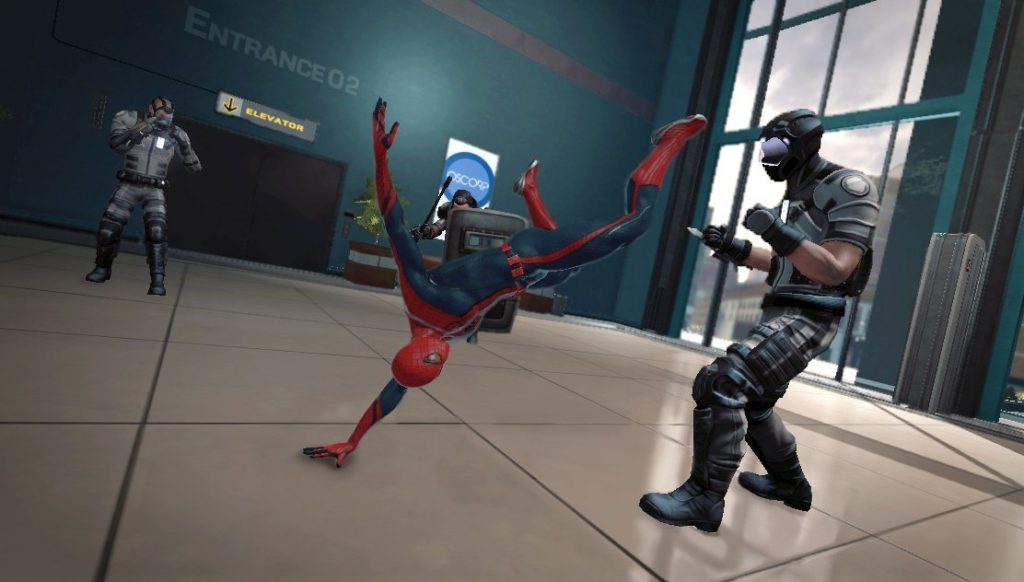
Where Beenox’s games really came into their own, however, was in the free-roam. The graphics were pretty standard and the side-missions were often monotonous, but the traversal gameplay was a joyous treat. Aside from reverting back to the days when Spidey’s webs could seemingly stick magically to the earth’s ozone layer – as if the planet had a giant ceiling – web-slinging gameplay in The Amazing Spider-Man was a huge step forward. Spidey would twist and turn in the air, transitioning into smooth acrobatic flips at the end of each swing. The game’s camera even adopted a cinematic, pulled-in perspective that really made you feel the velocity of each swing and soar – nothing beat letting Spidey fall gracefully 200 feet before pressing R2/RT just before he hit the pavement. Oddly, the game’s sequel actually took a few steps back in this department – web swinging was a tad clunkier and, for some reason, Spidey would lose virtually all momentum at the end of each swing and drop straight to the ground, as if gravity suddenly a wanted a hug. But the overall look and feel of the web-swinging mechanics – particularly in the first entry – was both smooth and visually splendid.
A mechanic that featured prominently in both titles, however, was the revelation that was the ‘Web Rush’ ability. At first, the mechanic seemed a decidedly simple one: hold down the right shoulder button to slow down time and aim Spidey’s next web move – stick to a surface, zip to a vantage point, clothesline a distant enemy, etc. But once you realised you didn’t have to hold down the button to use the ability, traversal gameplay really opened up. Simply tapping R1/RB would activate the corresponding animation instantly, and tapping it again would chain the next animation as well. Tapping it rhythmically would have Spider-Man zipping through the air; rebounding off buildings, flipping over lampposts, even running across the tops of buses.
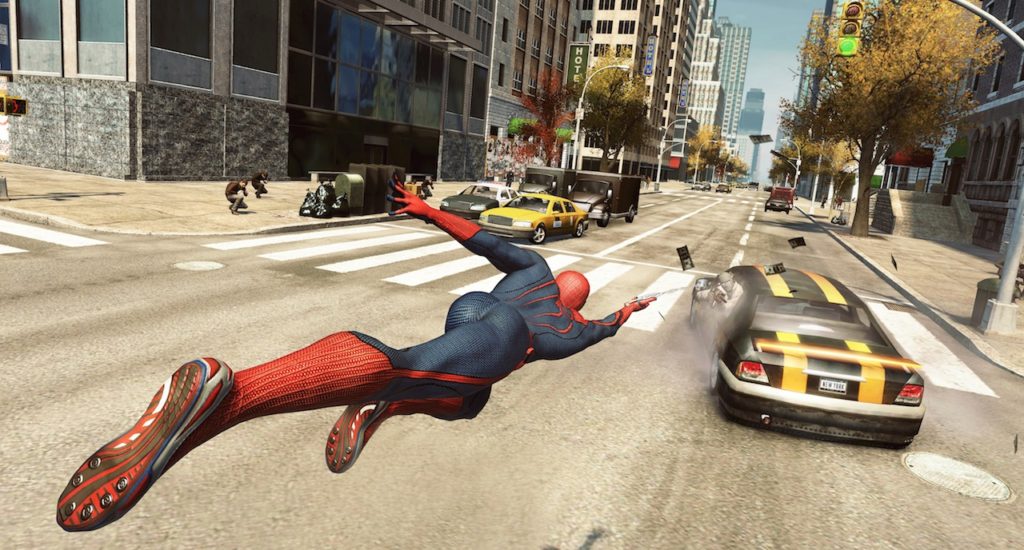
It was a pure visual treat and most certainly represents Beenox’s biggest mechanical contribution to the world of Spidey-games – and one Insomiac have also been inspired to adapt, in a sense, for their game as well, calling it the ‘Point Launch’ ability.
Shattered Dimensions and Edge of Time (2010-11), Beenox – Making use of the source material
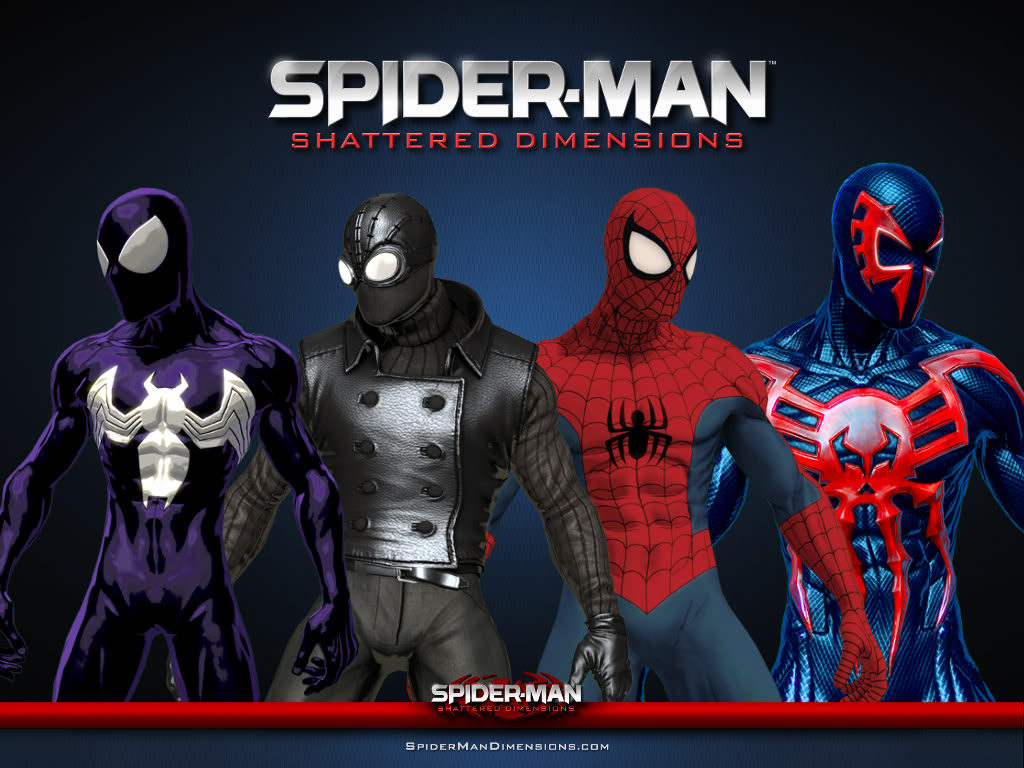
Beenox’s first two Spider-Man outings were in fact not movie tie-ins but individual properties. The developer also elected not to replicate previous Spider-Man gameplay formulas and decided to forgo open-world free-roam for a more action-oriented, linear progression of levels. The games were a breath of fresh air after Treyarch’s Spider-Man 3 tie-in seemed to state the developer had at last exhausted all of its ideas. Gameplay in Shattered Dimensions was generally very simplistic; basic hack-and-slash stylised combat broken up by retro platforming sections and the odd generic puzzle. What made the experience uniquely interesting was the fact that gameplay segments were split across 4 different incarnations of the character, each of which featured their own tailored style of play: Amazing Spider-Man uses traditional web and melee attacks, as well as using objects from the environment; Ultimate Spider-Man wears the Symbiote suit, uses more aggressive, area-based attacks and can activate a Rage Mode; Spider-Man 2099 uses elaborate acrobatics and advanced suit powers such as the ability to slow time; and Spider-Man Noir focuses on sneaking and stealth takedowns.

Aside from Beenox’s inclusion of a task-based upgrade system that rewarded players with newly unlocked costumes – something Insomniac have likewise incorporated into their game – it is difficult to point to any specific gameplay mechanics or concepts that can be related to Spidey’s PS4 outing. The drastic differences in fundamental gameplay practically eliminate any speculation concerning direct ‘inspiration’, yet Beenox’s early games nevertheless clearly showcased a unique, and perhaps potentially inspiring, degree of respect and passion for Spider-Man as a ‘comic-book’ hero – something the Web-Slinger’s various movie-tie ins could not necessarily do. By exploring a variety of Spider-Man incarnations, the developer introduced players who weren’t familiar with the comic-books to a range of new characters and universes that served to broaden their perspective on how ‘Spider-Man’, as a flexible and continuously evolving character, might in fact be viewed.
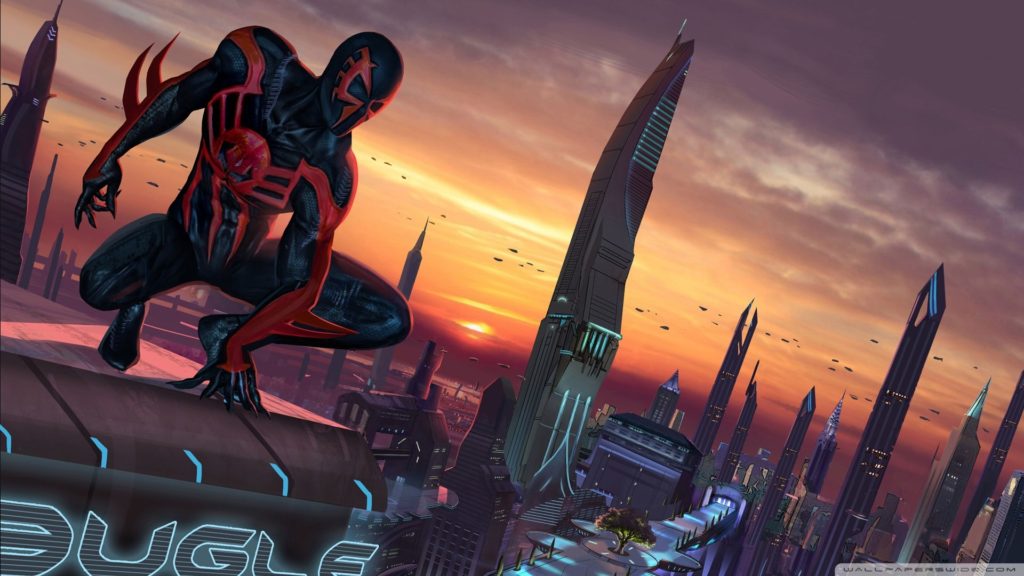
Insomniac’s freedom of development, similar to Rocksteady, have likewise allowed them to design versions of classic Spider-Man characters and villains; each seeking to be considered worthy representations of their comic counterparts, while also focusing on characters that perhaps haven’t had as much coverage in the realm of movies and video-games. The inclusion of Miles Morales, for instance, represents an opportunity to introduce the character to fans that aren’t especially familiar with him yet.
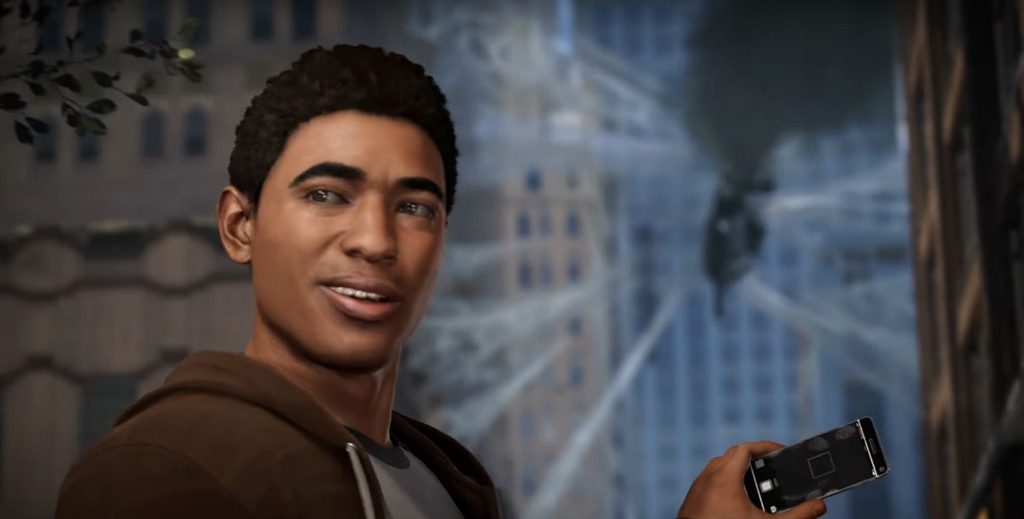
Spider-Man 2 (2004),Treyarch – Free-Roam, Personality and being a real ‘Friendly Neighbourhood Spider-Man’
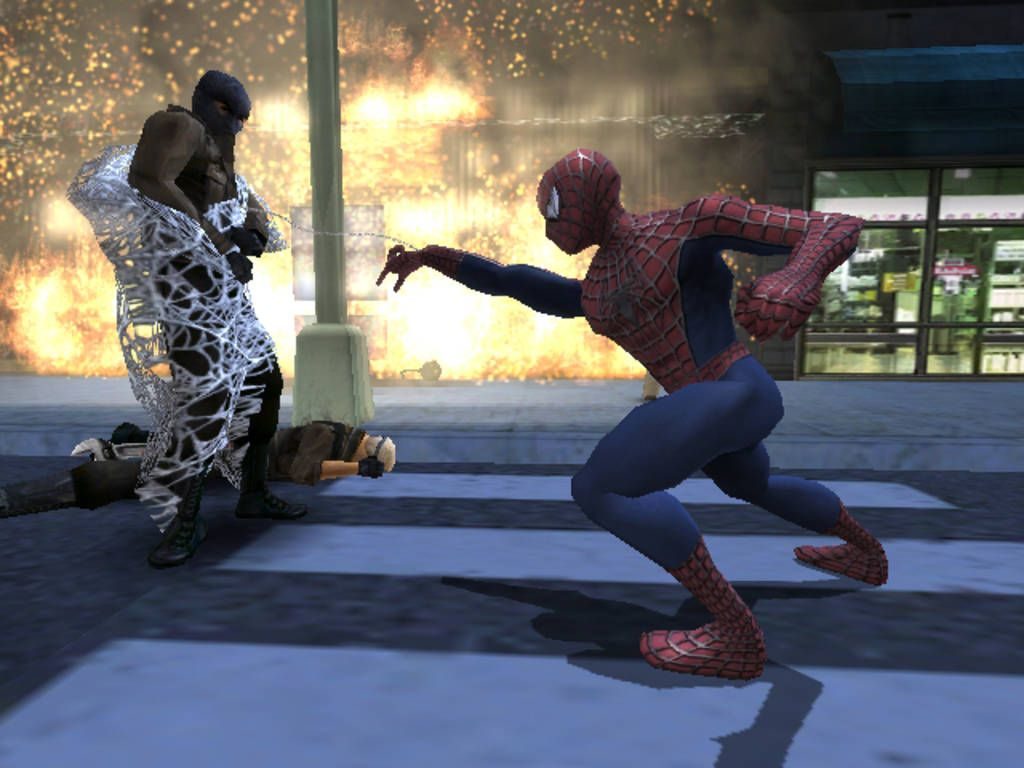
Before Insomniac, Treyarch’s Spider-Man 2 movie-tie was largely regarded as the definitive ‘Spider-Man game experience’, not to mention one of the greatest superhero games in general. Where previous games focused on developing intuitive combat and platforming mechanics into linear missions, in Spider-Man 2 Treyarch completely redefined the concept of a superhero game. They realised the best way to make a player truly feel like a superhero was to put them in complete control of where the character goes and what they do. And how can you do that? Make your game open-world.
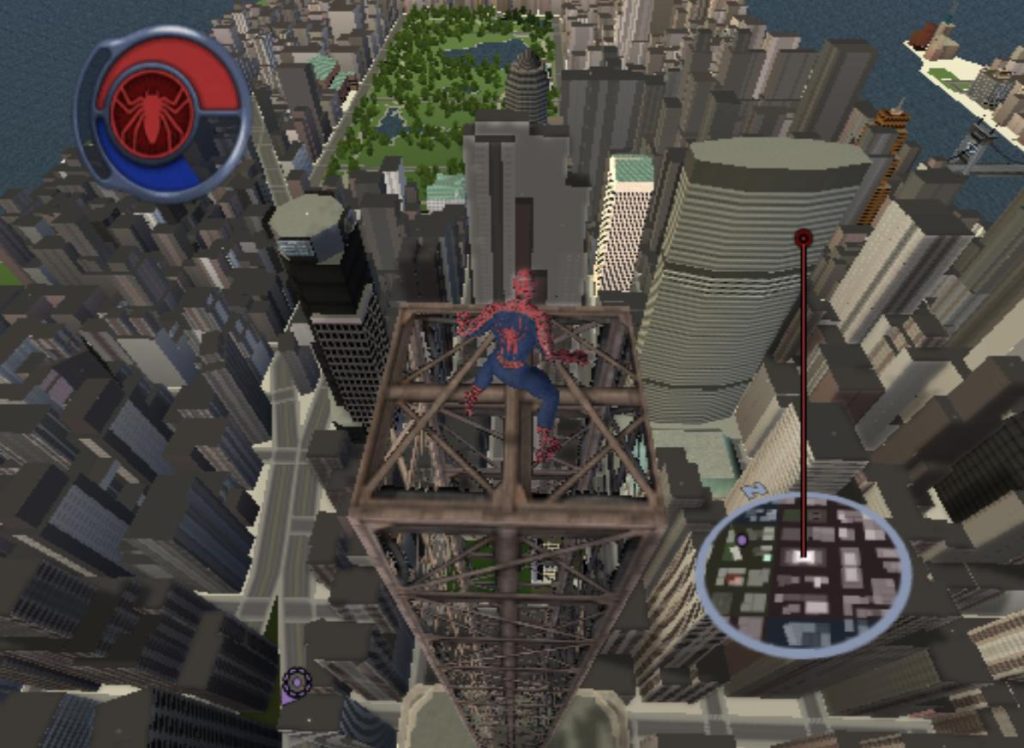
It’s obviously hard to appreciate the basic concept of ‘open-world gameplay’ nowadays, considering how many games come with their own vast, detailed explorable landscapes, but Spider-Man 2 was a groundbreaker for the model. The graphics weren’t especially great, even for those days, and the architecture and side missions repeated themselves constantly; but the sheer freedom the player had in exploring, traversing and choosing what activities they wanted to do made the world come alive. New York in Spider-Man comics has always been presented as a character in itself. Spider-Man’s knowledge of the City, his interactions with its citizens and struggles with mundane life-problems help paint him as an ‘everyday superhero’; a regular guy who just happened to get these incredible powers and decided to use them to help out other regular people. That’s the essence of Spider-Man really: his simple and uncompromising relatability.
Of course a Spider-Man game needs New York for its giant swing-tastic buildings, yet Treyarch also focused on imbuing the city with a sense of personality: citizens would greet Spider-Man as he swung by or chastise him when he stepped in front of their vehicle. The side missions that had you helping people with everyday NYC issues like muggings, injuries and, my personal favourite, retrieving a kid’s lost balloon helped to further augment that sense of personality. And Insomiac have placed an equal focus on this.
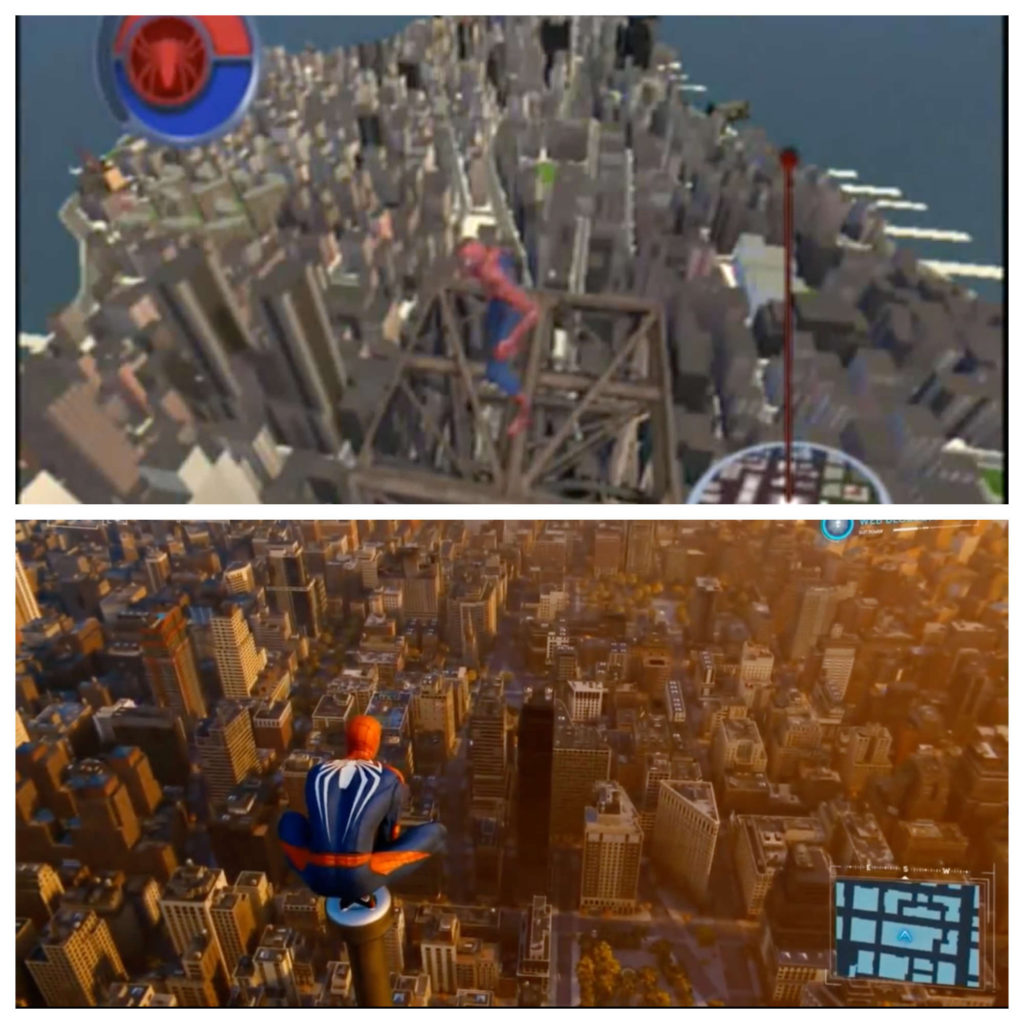
New York in Marvel’s Spider-Man is fantastic; vast, detailed, packed with extra content and even the odd Easter Egg. But it’s the citizens that really comeplete the experience. Like in Treyarch’s game, pedestrians react to Spider-Man; talking to him, pointing and stopping to take pictures, but in Insomniac’s game the player can interact with them as well. ‘Square’ functions as a ‘greet’ button that has Spidey wave or salute folks as he jogs by, whilst certain citizens will also provide opportunities for special interactions; pressing ‘triangle’ will see the Web-Slinger high-five someone, shake their hand or even take a selfie with them.
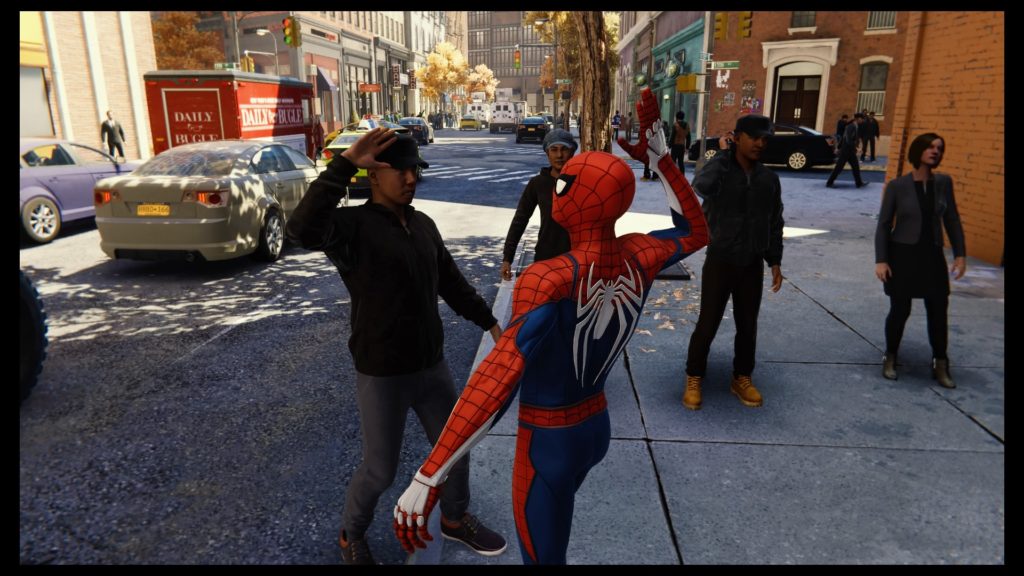
They’re small touches, but still incredibly important to the experience of actually ‘being’ everybody’s ‘Friendly Neighbourhood Spider-Man’.
Another note of comparison between the two games is the sheer variety and ‘openness’ of the combat. While Beenox’s games followed a template Arkham model – tight, formulaic and usually taking placed in enclosed locations – both Insomniac and Treyarch assigned a level of variety and elaborateness to their combat systems. A sort of ‘organised chaos’ if you will, where Spidey has a whole host of combos and abilities at his disposal that the player must activate in a strategic and organised manner during rather hectic encounters. A particular similarity is each games’ focus on aerial combat – knocking foes into the air and juggling them with combos that would make even Dante blush.

As to the ‘openness’ of the gameplay; in both titles combat often takes place directly within the open-world itself – the player will be casually swinging by, spot a crime in progress, drop down to ruin a few goons’ days and then go right back to swinging again.
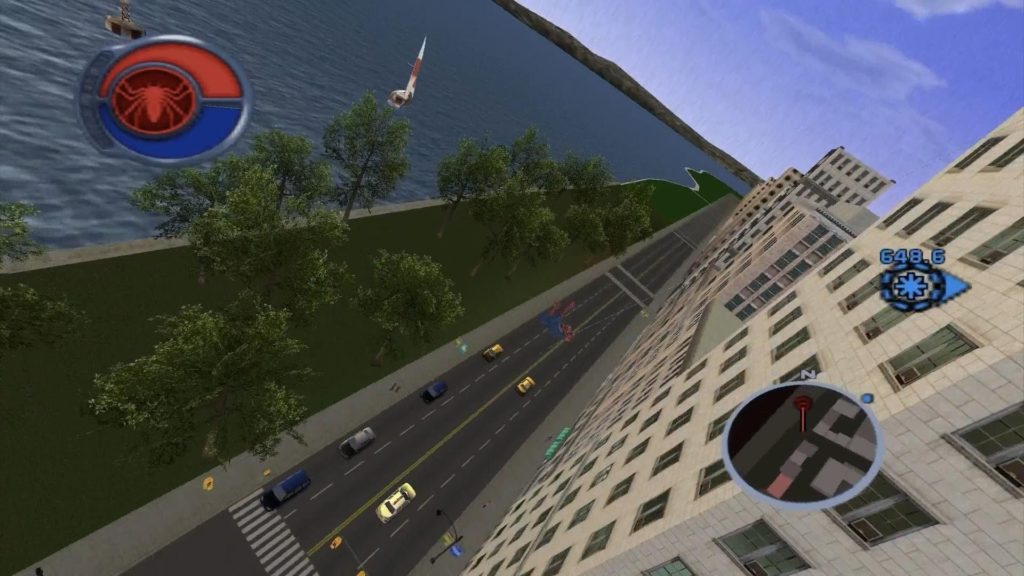
Spider-Man 2, as the trendsetter for the superhero genre, is the easiest one to point to and see ‘inspiration’ because practically all superhero games have been potentially influenced by it in some way. But I like the idea that the inherent similarity between Treyarch and Insomniac’s approach to open-world gameplay could perhaps indicate that there may be more than a little ‘Spider-Man 2’ in Insomniac’s gene-pool.
Spider-Man (2000), Neversoft – The Nostalgic Experience
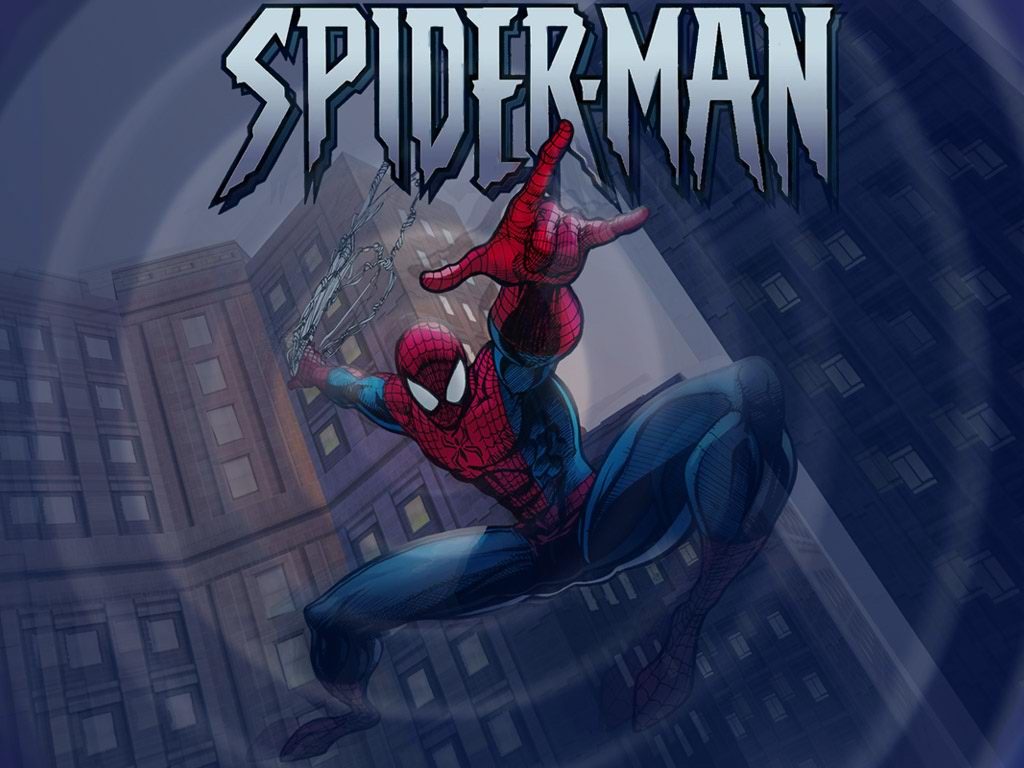
And here we are, at Spidey’s very first authentic playable experience. Obviously, being 18 years apart, examining the PS1 and PS4 games for similarities in their mechanics and presentation would be nonsensical, but the impression Neversoft’s Spider-Man left on me, and I’m sure many others, was so personally resonant that my memories of playing it will always be the first to come to my mind when anyone says the words ‘Spider-Man game’. Games may have come too far to make comparing the two playing experiences worthwhile, but the legacy that Neversoft established with it’s game is one Insomniac surely had in mind when developing their own. And while mechanics and gameplay may hold little significance, how Neversoft handled the portrayal of the title character, along with all his friends and foes, most certainly holds a lot more.

I remember playing Neversoft’s masterpiece back when I got it for my 7th Christmas. I was already both a big video-game and Spider-Man fan but Spider-Man on the PlayStation 1 represented something different: it wasn’t just ‘fun’, it was ‘immersive’. The graphics were detailed and vibrant, the animations were smooth and visually satisfying, and the combat was varied but accessible. That being said, it was how involving I found the story that made the experience truly special for me. Admittedly the plot, while enjoyable and well-structured, was fairly generic as far as superhero stories go, but I believe that was exactly what I found so compelling: it really felt like I was playing through an episode of the Animated TV show (something I adored as a kid). It also helped that the characters were well-rendered (for the time) and well-voiced – many voice-actors having been hired straight from the Animated Series.
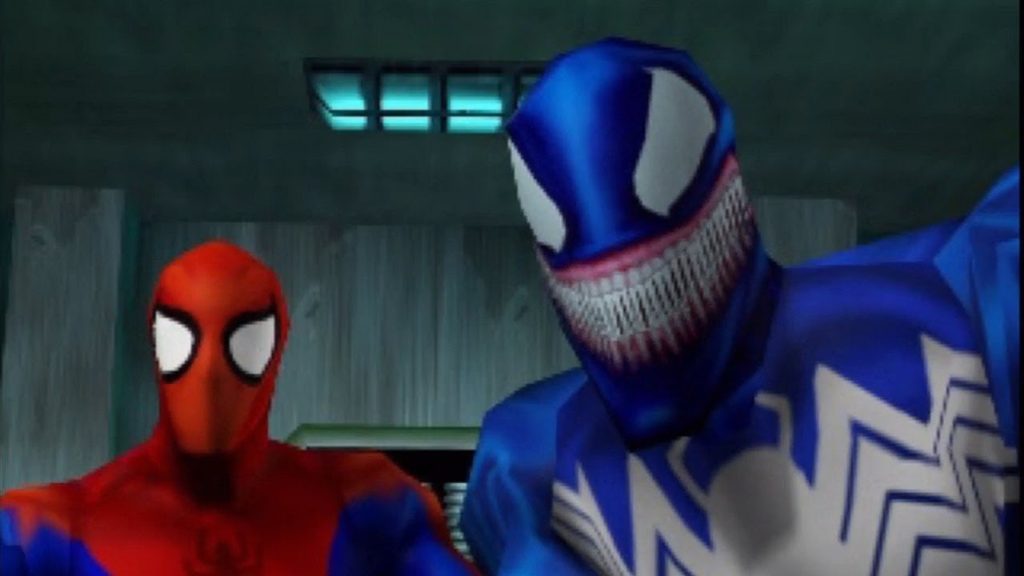
It’s technically too long ago to really remember, but Spider-Man may very well have been the video-game that taught me gaming could be more than just a ‘fun’ activity, but something inherently personal. I remember I phoned my friend up on Christmas Day after playing it just because I wanted to tell him how great it was and it turned out he had got it as well, so we talked on the phone for an hour just about how much we loved it.
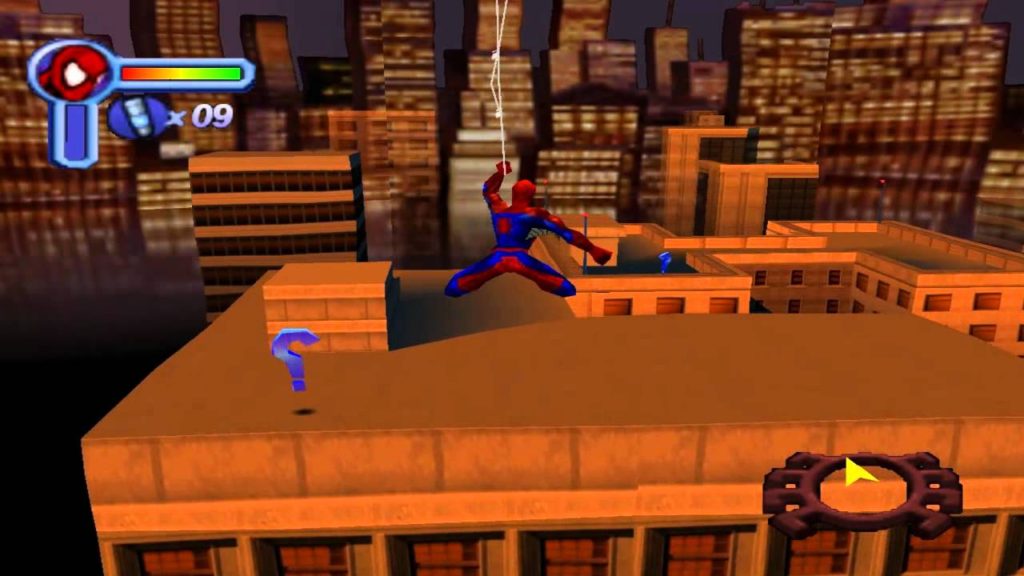
Of course I’m well aware that my little sickeningly nostalgic childhood flashback is likely of no interest to you. But it represents a facet of Spider-Man, as a character, that I believe is inherently important to all of us, especially us older fans: Spider-Man, or indeed superheroes in general, appeal to the ‘child’ in everyone. They remind us what it’s like to feel happy and optimistic; to not be weighed down by the pressures and responsibilities of daily life but simply settle to dream about being something better, something noble and heroic. They tell us that you never have to grow out of anything you don’t want to, that you should never lose the subjective innocence you had as a child just because the ‘real’ world feels different to what you may have expected. To put it simply, superheroes were cool back then, and they’re still cool now. Don’t let anyone tell you otherwise…
Marvel’s Spider-Man may be the greatest Spider-Man game, possibly to some even the greatest superhero game, but we can’t let that stop us from appreciating the ones that came before. For they laid the groundwork for building that ‘complete’ Spidey-experience that, thanks to Insomiac, we can now all revel in. Whether it was through inventive mechanics, ambitious design or the fundamental care taken to ensure the portrayal of our favourite superhero was worthy of his reputation, many of Insomniac’s predecessors brought something to the table that should be recognized and commended – even those that came long before. And that’s why I decided to work chronologically backwards throughout the article: I realised that glossy visuals, elaborate mechanics and giant open-worlds will never be as important as the simple stuff. Spider-Man is a character we care deeply about; one created in comics and further brought to life by film, TV and video-games. If the representation of the character isn’t treated with that same care by the producers/developers then the whole experience can fall apart. Lucky for us, Insomniac have taken a few pointers from their predecessors to make sure this doesn’t happen.




